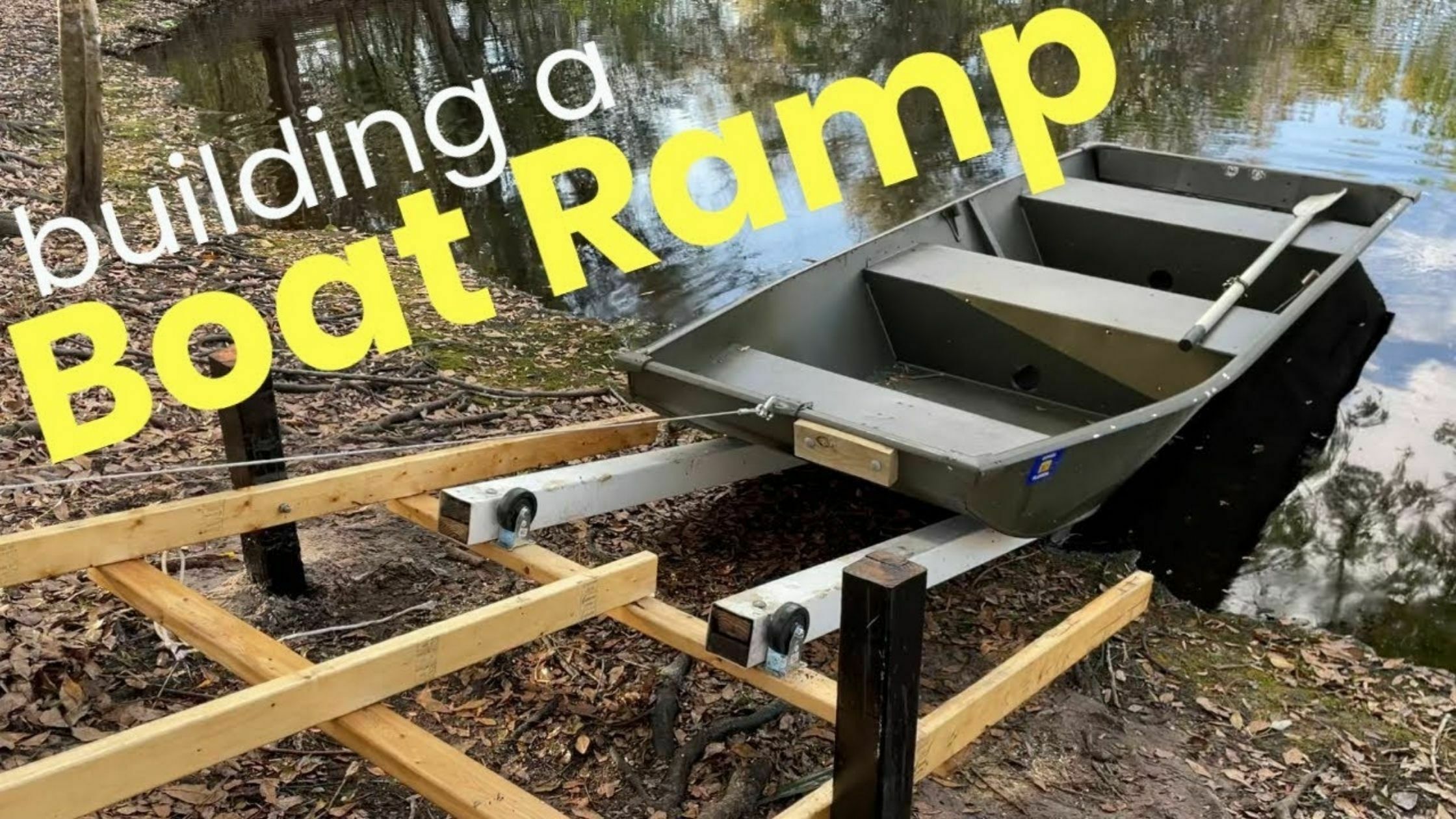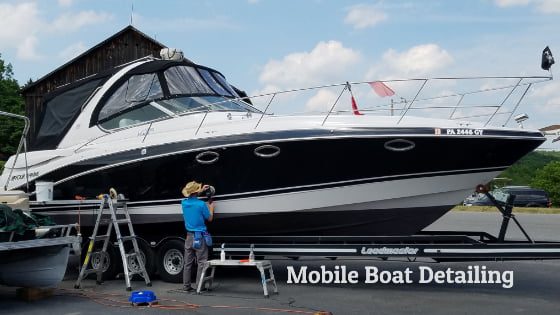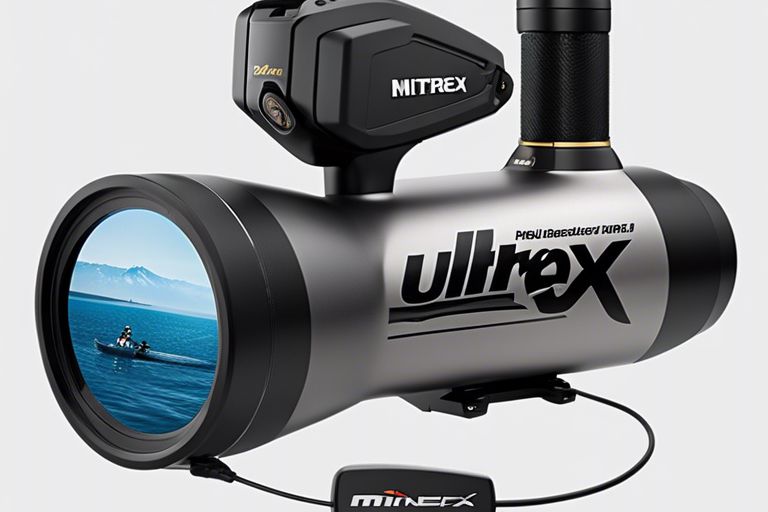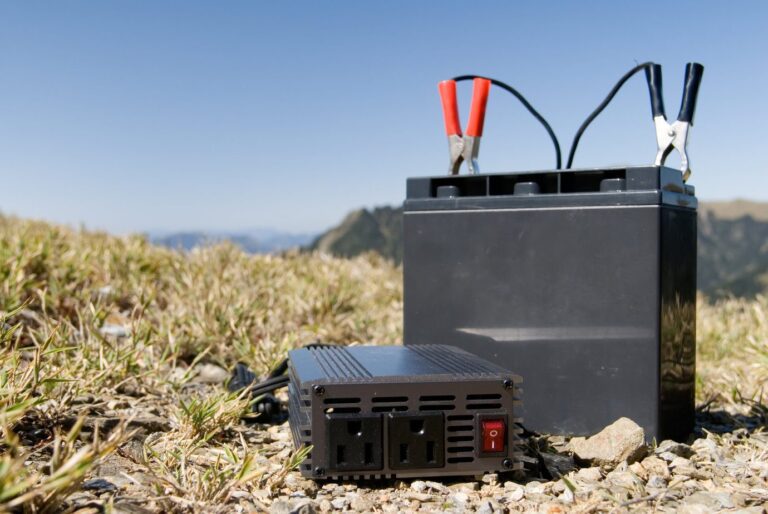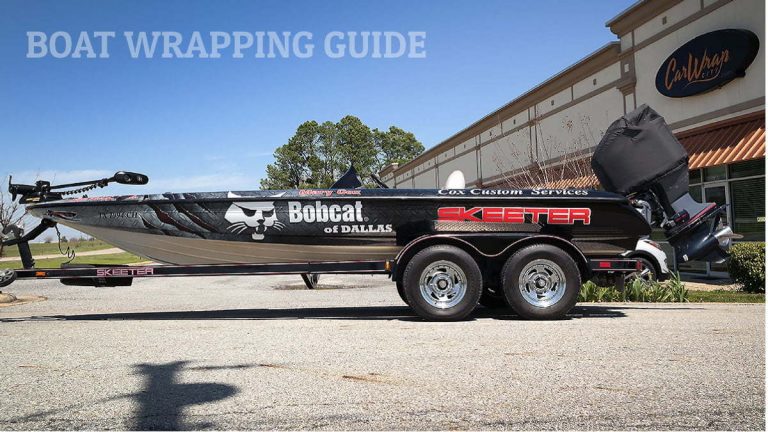15 Tips About how to build a boat ramp From Industry Experts
Whether you are keen to learn how to build a boat ramp for public or private use, there are a few parameters that you should consider. These things include site criteria, design, materials, construction methods, size and type of boat to be launched.
However, what you should consider first is the size and the type of boat to be retrieved or launched. Designing a ramp for shallow water might differ greatly with a ramp for tidal water. Therefore, when designing a ramp for your personal use, then you should consider the one that will accommodate towing vehicles and boats.
On the other hand, designing a ramp that is suitable for the general public or several boaters, might be a daunting task. Furthermore, the Department of Game and Inland Fisheries (DGIF) designs ramps, which are suitable for many boats within a proposed area. Typically, it cannot meet the needs of various boaters.
Thinghs To Consider- how to build a boat roller ramp
Nonetheless, in this article, we shall briefly address the following;
Site Criteria
When you are choosing or identifying a site suitable for a boat ramp, you should consider the accessibility to the site, water depth, usable land area for parking, proximity to another boat ramp, and siltation rates.
Site Accessibility
One of the important considerations when it comes to a boat is the proximity to other ramps and existing roads. Typically, road maintenance and constriction are expensive. Therefore, if you identify a closer site it might be a good idea. Additionally, the DGIF does not compete for a private boat ramp as long as it meets the public demands.
Furthermore, those thinking of constructing their boat ramps might consider using the existing ramps within their area. Also, they can agree to share the maintenance cost with the owners of the existing boat ramps.
Water Depth
The water depth should be at least more than three feet, but deep water might be a good idea. If you are planning to use the drive on trailers for retrieving and launching boats, you can consider extending the depth to around five feet. Another option is to increase the boat ramp to around 10 or 15 feet.
That means the end of the ramp will be submerged into deeper water. Most of the DGIF ramps are not constructed with drive-on trailers in mind. Most people add riprap on the ends of the ramp as a solution to their problems, which might be caused by the prop wash.
Siltation Rates
This is another depth consideration that should be given priority. Typically, it is important to understand the depth of the water will change from time to time. Most of the river channels shift frequently and might lead to breakage of your ramp.
Size
The parking area and the size of the ramp are based on the intended use. However, each launching lane should accommodate at least 30 to 35 trailer parking area. When contemplating the size of the parking space, you should have in mind that trailers are about 10 feet wide by 40 feet long.
Permits
After you have identified the site for your boat ramp, It is important to sketch the plan of how need it to be. The next basic step is to make applications of the right permits. You might be required to have local building permits depending on your localities. Therefore, you should conduct due diligence before you start the process.
boat ramp design drawings
The desired design, pier, and ramp might have an impact on maintenance costs and constructions. That said, you should take adequate time to have an economical, functional, and durable design.
Site Plan
One of the major problems when it comes to boat landing is the turning radius, ramp, pier, and small parking area. Make sure you have enough room for the towing vehicle, especially when launching or retrieving the boat ramp. If possible, you can place both the ramp and the pier on the same side. This offers the driver ample time when reversing the trailer.
What is more, one-way parking and staging area is a better idea to reduce congestion. Traffic patterns and spaces should be marked properly. This will also increase efficiency and reduce traffic congestion. Additionally, you should direct the slope away from the boat ramp. This will help to prevent the sand from being washed to the ramp.
Materials Used
The materials used for engineering determines the nature of the structure. When you use poor materials, then you might have a poor boat ramp. On the other hand, a good design with proper construction materials and workmanship might be a good idea. Overall, you should meet the value for your money. Nevertheless. the inspection of the work is left of the construction is left to the engineer or the owner.
Materials and Tools
In order to build a boat ramp, you will need:
- Sand
- A shovel
- A pickaxe
- wheelbarrow
how to build a boat ramp -Step by step process
Make a clear plan
It’s essential to plan carefully before building a boat ramp. It helps to keep your project on track and helps to minimize mistakes and delays.
The first thing you should do is draw a map of your property. This helps to identify exactly where you want your boat ramp to go. Remember, you need to build on level ground. If you have any elevation changes, you will need to plan those out as well.
Make a budget
Make sure you have enough money in your budget to complete the project. This is especially true if you’re going to hire someone to help you build it. You can use a website like www.budgetbuilder.com to calculate how much it will cost to complete your boat ramp.
Select a site
Once you’ve got your budget figured out, you’ll want to choose a good location for your boat ramp. Remember, you want it to be safe for boats and not be too close to trees, power lines or power plants. You will also want to make sure it is in a good location so you can get access to it easily.
Find out what you need
If you want to have your own boat ramp, you will need to contact a local town or county to see if you need a permit. This can vary depending on your state and municipality. If you are thinking about building a boat ramp that you will share with others, you may not need a permit at all. This can vary between states.
Get the permits
Once you’ve decided that you need a permit, it’s time to get it. The best place to start is with your town or county. If you are unsure where to begin, just call your local building inspector and ask them to guide you through the process.
Get the materials
You will need a boat ramp kit, which can be purchased online. You will also need a lot of concrete, rebar and other construction materials. You may also need to get a special type of gravel for the base of your ramp.
Prepare to build
Once you have the permits, you’ll want to begin preparing for your project. You can begin by clearing a large area of brush and debris. You may also want to prepare the ground a little bit by digging out the soil. This is important because you need a good base to put the concrete in.
Get the supplies
When you have cleared away all the brush and debris, you will need to gather the rest of your supplies. You will want to gather all of your materials and bring them to your site. You will also want to bring a shovel and pickaxe so you can get started.
Dig the hole
You’ll need to dig a pit for your boat ramp. This is a critical step because it is the foundation of your boat ramp. You’ll want to dig the hole as deep as you can, so you can get the bottom of the ramp flat and solid. This will help reduce the chances of sinking into the ground.
Lay the pavers
Once you’ve got your pit ready, you’ll want to begin laying the pavers. You will want to lay them in an order which corresponds to the order of your steps. For example, if you laid the pavers in a circle, it would look like this:
Pour the concrete
Next, you’ll pour the concrete. First, you’ll want to measure out the amount of concrete you’ll need. You’ll want to pour it in a shallow layer to create the bottom of your ramp. Then, you’ll want to pour another layer on top of that to form the sides of the ramp. Once that is done, you’ll want to let it set for around 4 hours. After it has set, you can add the next layer of pavers on top of the concrete.
Set the pavers
You’ll need to arrange the pavers in the order you planned. If you didn’t make any mistakes while you were planning, your ramp should be built correctly.
Launching and Receiving Boat Ramps
Many conditions might cause a ramp to be slippery. Although it is not a common problem when retrieving or launching a boat, it might cause dramas. Many boaters would not wish to have frustrating and embarrassing episodes after a good day in the water.
Below are some of the steps that you should use to avoid embarrassments in front of the onlookers and experts.
You should never reverse your car at a high speed when launching or retrieving the boat. There are many instances where cars have slipped into the water due to slippery ramps.
Avoid using driving on the muddy surfaces, this might cause the wheels and unable to get its way out.
Do not launch the boat and from your car and attempt to start the engine. Murphy’s law states your engine might not start.
When you are having a two-wheel drive and the boat ramp is slippery, you can use the forward gear off the boat to push the car out of the situation. However, make sure the water is deep because of the propeller.
Boat Ramp Etiquette
Move side if you are not ready: Typically, there are a few parameters that you should check before you launch your boat. Witing until you are in the line of a busy ramp, might not be a good idea. You should pull in to the parking area until you are ready. Give way to boaters that are ready. This does not only reduce traffic congestion but also ensures you are doing everything right because you are not rushed.
Turn off headlights: Never try to use other people’s headlights, especially when reversing your car. When reversing the trailer, switch off the headlights. This helps other people to see the lanes, especially when backing their trailers.
Catch up later: Here is another common problem with many people. It is a great idea to catch up with your friends after you have parked your trailer. Additionally, the parked trailer reduces congestion and traffic. Whether it is your friends or other fishing buddies, you can catch up in the parking area.
Do not hog boat ramp: When you are not using your boat, you should dump it on the far end. This ill allow other folks to launch their boats. Typically, there is no reason for using all the lanes at the same time.
Switch on the nav lights when your boat is on the water: Obviously, this means that you are launching your boat at the pre-dawn hours. Additionally, boat ramps are busy during the tournaments and some boats are idling. Therefore, when you are launching the boat without lights, you are endangering the lives of people around you. What is more, you can see them when they cannot.
Tie your boats with permission: Boats are pricey and require a lot of maintenance. Therefore, there is no good reason to scratch other people’s boats. It could be harmless but it is a good idea to ask for permission. Additionally, this will reduce damages on the rub rails, fiberglass, or aluminum.
Create Space: When you are out for fishing on the weekend, give others a breathing space. You do not have to park next to them when the parking area is nearly empty.
With these few hints, we can make the world a better place. Therefore, it important to respect other people’s property. On the other hand, you can ask for help from other boat enthusiasts. What is more, you do not have to be ugly to people who might need your assistance. Obviously, without proper boat ramps, then launching and retrieving the boats would be a daunting task.
It is also important to consider some of the basic rules when designing or building a boat ramp. Consider the government regulations before anything. If it is for the first time, you can consult other users or experts. We hope that all the necessary measures suggested in this article will leave you informed and enlightened.
frequently asked questions
What Are the Best Boat Ramp Materials?
Another option is to use concrete, but keep in mind that concrete is heavier and harder to move. If you use concrete, be sure to pour it into a waterproof container before lifting.
Boat ramps made from cinder block and concrete are durable and strong, but they are also very heavy. You’ll need to be careful lifting them into position and placing them on uneven ground.
Building your own boat ramp is a great project for those interested in carpentry or construction.
How Long Does It Take to Build a Boat Ramp?
In the case of a weeklong vacation, the ramp may take up more time than you anticipated, and you might need to prioritize other projects. You can start your ramp on a weekday when you know you will have the time, and save the project until you return home.
What Is the Best Type of Boat Ramp?
Which Type of Boat Ramp is Right for Me?
A traditional ramp is typically built with concrete, but you can also construct it with cinder blocks or bricks. The cinder blocks or bricks must be waterproofed with mortar to prevent cracking.
Raised ramps are usually built with concrete and require a lot of skill and attention to detail. They are also more expensive than traditional boat ramps.
What to Do When Water Floods Your Boat Ramp?
You can protect the base of the ramp by pouring concrete around the perimeter of the foundation. You can also put a layer of gravel on the bottom of the ramp.
If you’re planning on using a ramp, don’t assume that it will be safe to use as soon as the flooding ends. If you wait until the water recedes, the surface may become slick and slippery. If you must wait, place a tarp over the ramp and mark the position of the ramp’s edge with rocks or sticks.
If a storm causes severe flooding, you may need to move your boat or trailer to higher ground until the water recedes. If this is necessary, you should make sure that your ramp remains dry. You can cover the ramp with plastic or tarps to keep the water out.
If you’re concerned about your boat ramp’s stability, it’s a good idea to hire a professional to conduct a stability test.
HOW ARE CONCRETE BOAT RAMPS POURED?
Here is a video explaining how concrete boat ramps are poured. It’s a bit long but it’s well worth the watch.
Video Link: https://youtu.be/0w2zk_gf9k8

